Crafting timeless brand identities is no simple feat, yet many agencies rush to claim the title of a “branding god.” Branding is a process beyond crafting a memorable or colorful appearance. It’s an entire system that is culturally relevant, builds strong customer relationships, tells a unique story, and yet is rooted in data.
Striking this balance between the right and the left brain to combine creativity with proven tactics makes a successful brand agency a “branding god.” In an overcrowded space where agencies are in a constant fight to prove whose designs are cooler, more intricate, and more beautiful, it’s the ones that are creative and strategic at the same time that win.
Especially for DTC brands, discovering the sweet spot between being efficient while also being loved by consumers is the perpetual challenge — and having an expert partner along the way who can be trusted to develop or refine brand identity is critical to ensuring long-term success.
So, who are these so-called “gods” that can help a DTC brand enhance its story and visual identity in a relevant and relatable way, all while continuing to grow? We have compiled a list of 11 agencies globally that have helped some of the most iconic brands become who they are today.
Here are our top design companies for DTC brands in 2024
1. NoGood
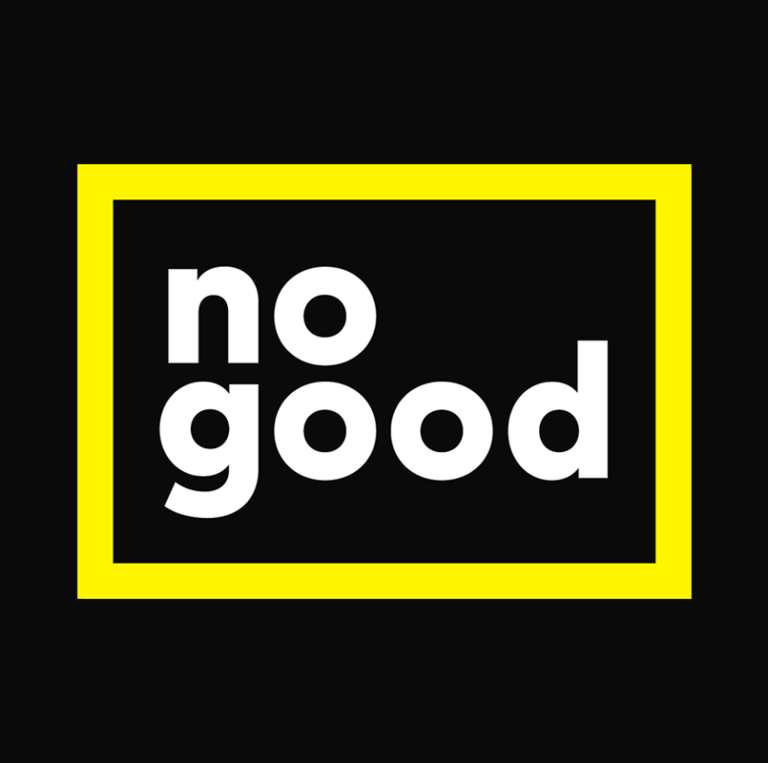
At NoGood, we embrace a distinctive method known as performance branding to empower our clients to achieve sustainable and compounding growth. Our success stems from a multitude of experiments, all rooted in a cohesive and impactful brand narrative. What sets us apart is our disruptive approach to client collaboration. Unlike the conventional agency model, we assign dedicated squads that seamlessly integrate with each client’s marketing team.
These squads comprise a broad range of professionals, spanning creative designers, data analysts, and growth strategists. With their deep knowledge and expertise, they propel our clients’ long-term growth and ensure constant progress toward their objectives.
Office Location: New York, NY (Headquarters)
Year founded: 2017
Team Size: 50 – 100 employees
Key Services: SMM, Search Engine Optimization, CRO, SEM, Social Ads, Content Marketing, Email Marketing Strategies, Video, and SMS Marketing, DTC Marketing
Industries Served: SaaS, Healthcare, Fintech, B2B, Consumer, Crypto
Case Studies: View all case studies.
2. Day Job
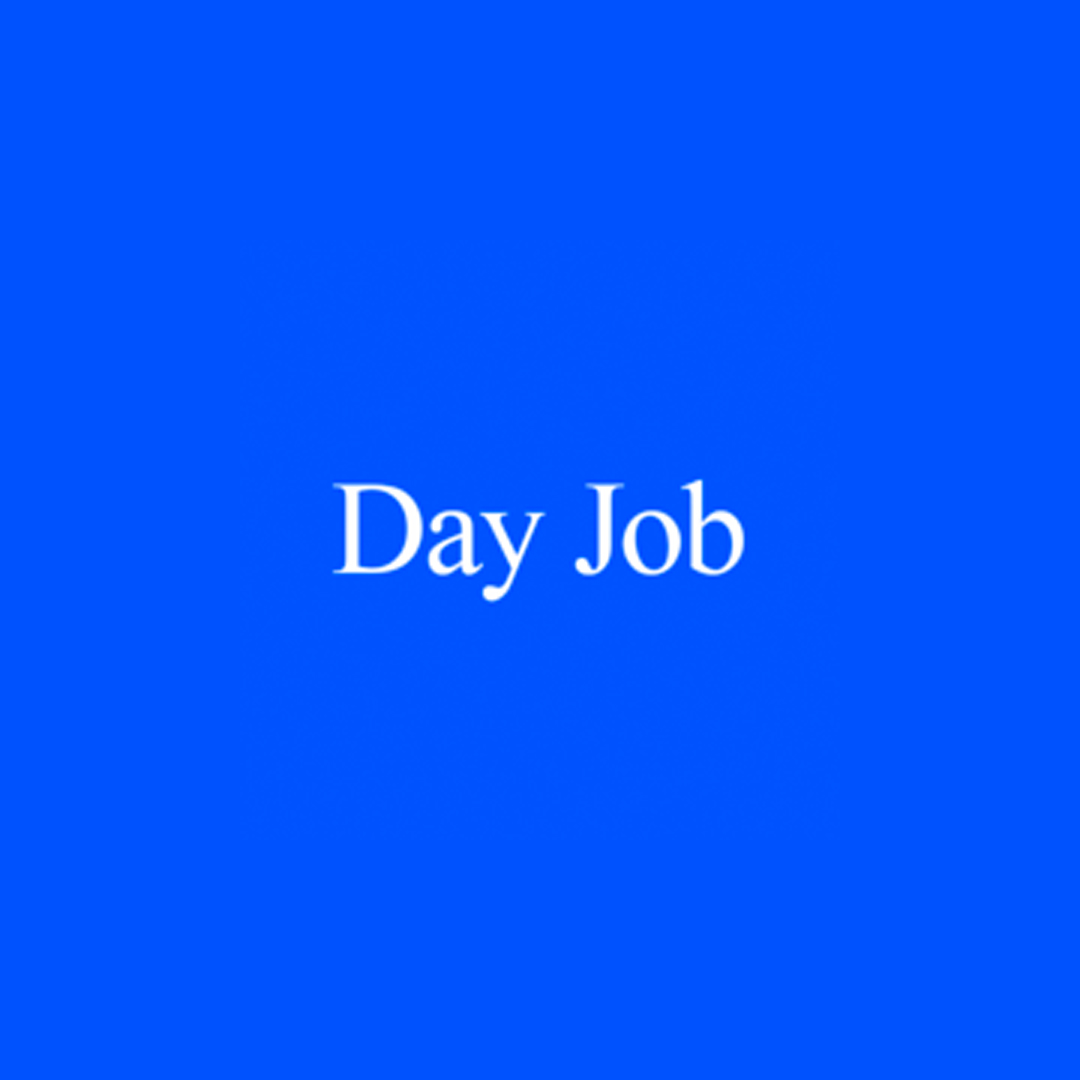
When you first land on Day Job’s website, there is a moment of confusion and nostalgia. Suddenly, you are looking at a page from the 90s, with pixelated images and an old-time, text-heavy Microsoft interface. And yet, as reminiscent of the past as Day Job’s website is, its work is as millennial-focused as it gets — buzzworthy, creative, and always relevant. For Day Job, it’s all about the details — they don’t just create brands but rather end-to-end worlds where the experience at any touchpoint is consistent and immersive. The Brooklyn-based agency is the brains behind the airy, dreamy aura of Recess.
The cannabis-infused drink that floats, quite literally, on every digital platform consistently lives and breathes the ease and levitation it promises. The agency has also crafted the tropical, pink vibe of Cha Cha Matcha and the quirky yet authentic feel of Fly by Jing.
Office Location: Los Angeles, CA
Year founded: 2018
Team Size: 2 – 10 employees
Key Services: Brand Strategy, Website Design, Brand Messaging, Digital Advertising Strategies, Print
Industries Served: Food and Beverage, Mental Health Services
Case Studies: View all case studies.
3. Bullish
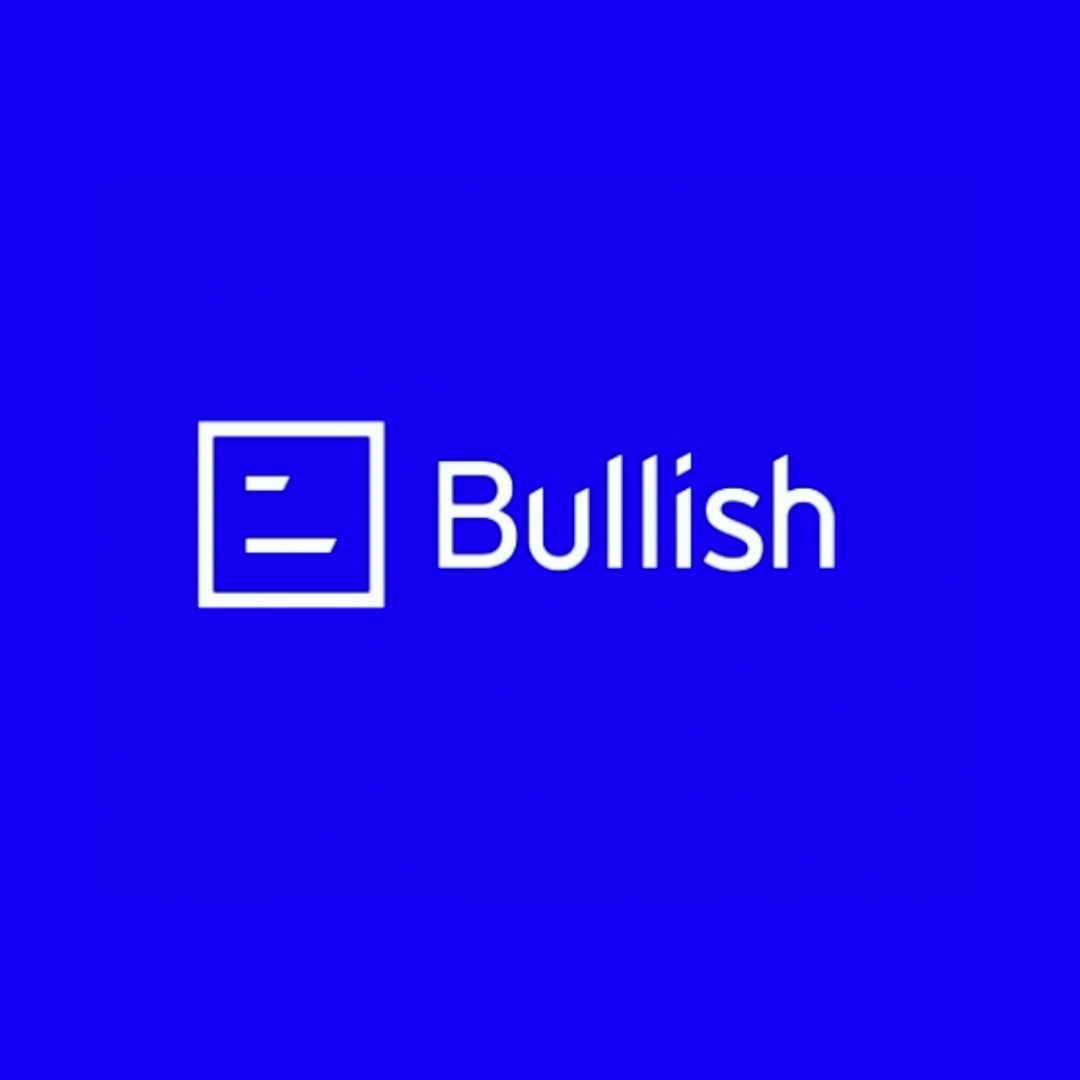
Bullish is not your average agency: it’s a combination of an investment firm and a brand studio. Their input in developing remarkable brands doesn’t just end with their ideation and creation. Bullish goes as far as becoming an investor in brands with high potential, directly partaking in the growth and development of each brand from identity to business goals and success. Some of the New York-based agency’s select early-stage consumer investments include Casper, Care/of, Hu, Peloton, and Warby Parker.
Office Location: New York, NY
Year founded: 2015
Team Size: 11 – 50 employees
Key Services: Growth, Strategy, Creative Design
Industries Served: Tech, Beverage, Fashion
Case Studies: View all case studies.
4. DAY

DAY is the epitome of culture-driven, diversity-centered design and branding. For DAY, cultural references aren’t simply a method of staying relevant; instead, culture is the starting point and cornerstone of their work. Although smaller in scale, the creative agency makes it its mission to create work that matters, that’s unapologetic in its deep cultural roots, and exercises diversity. DAY is unique in its commitment to delivering on the promise of diversity, elevating Black culture, and empowering Black businesses — and they do it with authenticity, devotion, and creativity.
Office Location: Montreal, QC
Year founded: 2009
Team Size: 2 – 10 employees
Key Services: Advertising, Design, Web, Branding Services
Industries Served: N/A
Case Studies: N/A
5. Wolff Olins
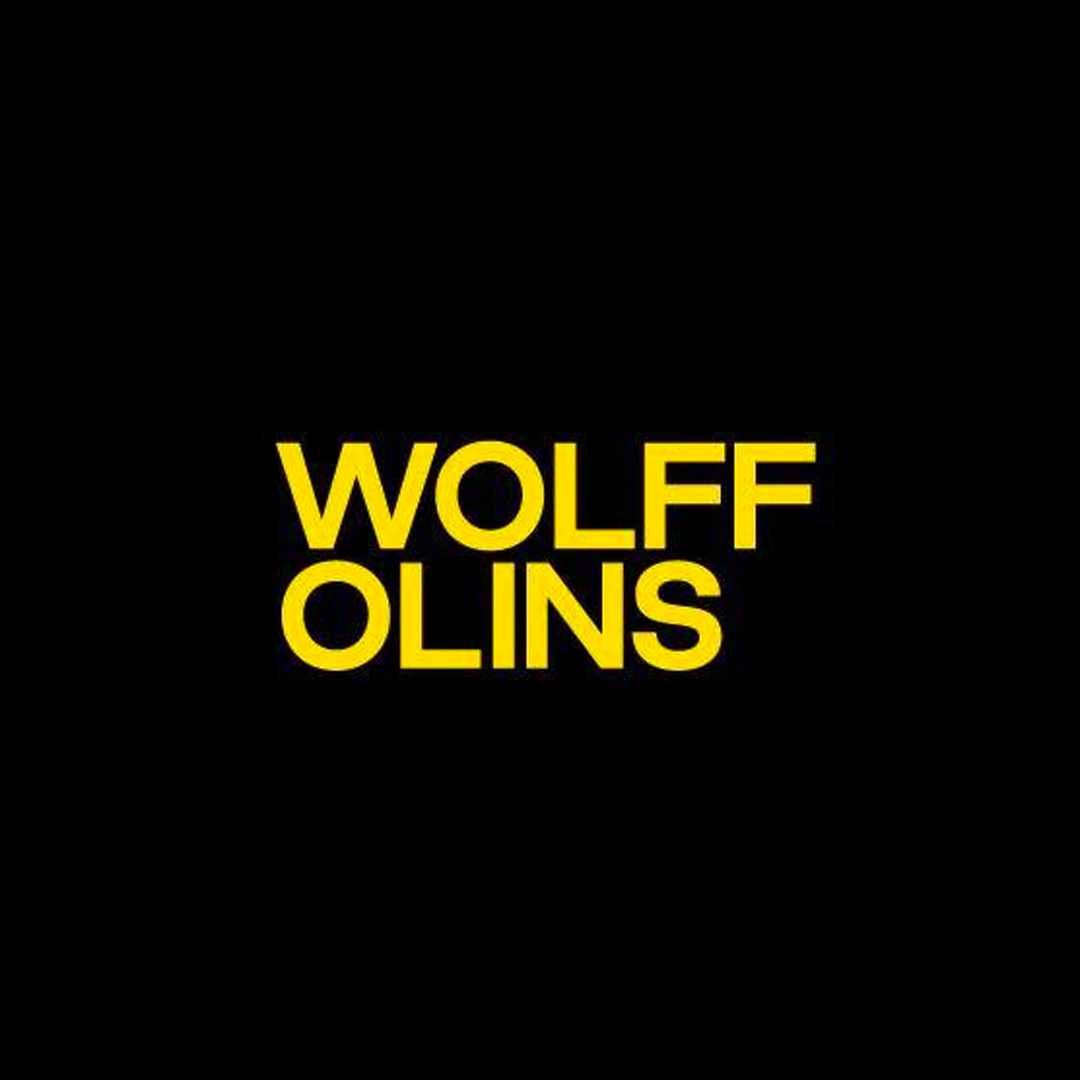
When it comes to developing dynamic brands, Wolff Olins integrates technology with design to create dimensionality and bring brands to life. At its core, Wolff Olins considers a brand identity beyond a static visual appearance. Instead, the agency crafts multidimensional brand personalities that breathe, move, and engage consumers at new and interactive levels. From TikTok’s 3D logo and Uber’s most recent U shape to Google’s four-color spiraling G, the designs Wolff Olins produces successfully launch brands into the digital-forward world that customers live in today.
Office Location: London
Year founded: 1965
Team Size: 51 – 200 employees
Key Services: Product Design, Experience Design, Branding, Digital Strategy
Industries Served: Automotive, Tech, Social Media Marketing
Case Studies: View all case studies.
6. Gander
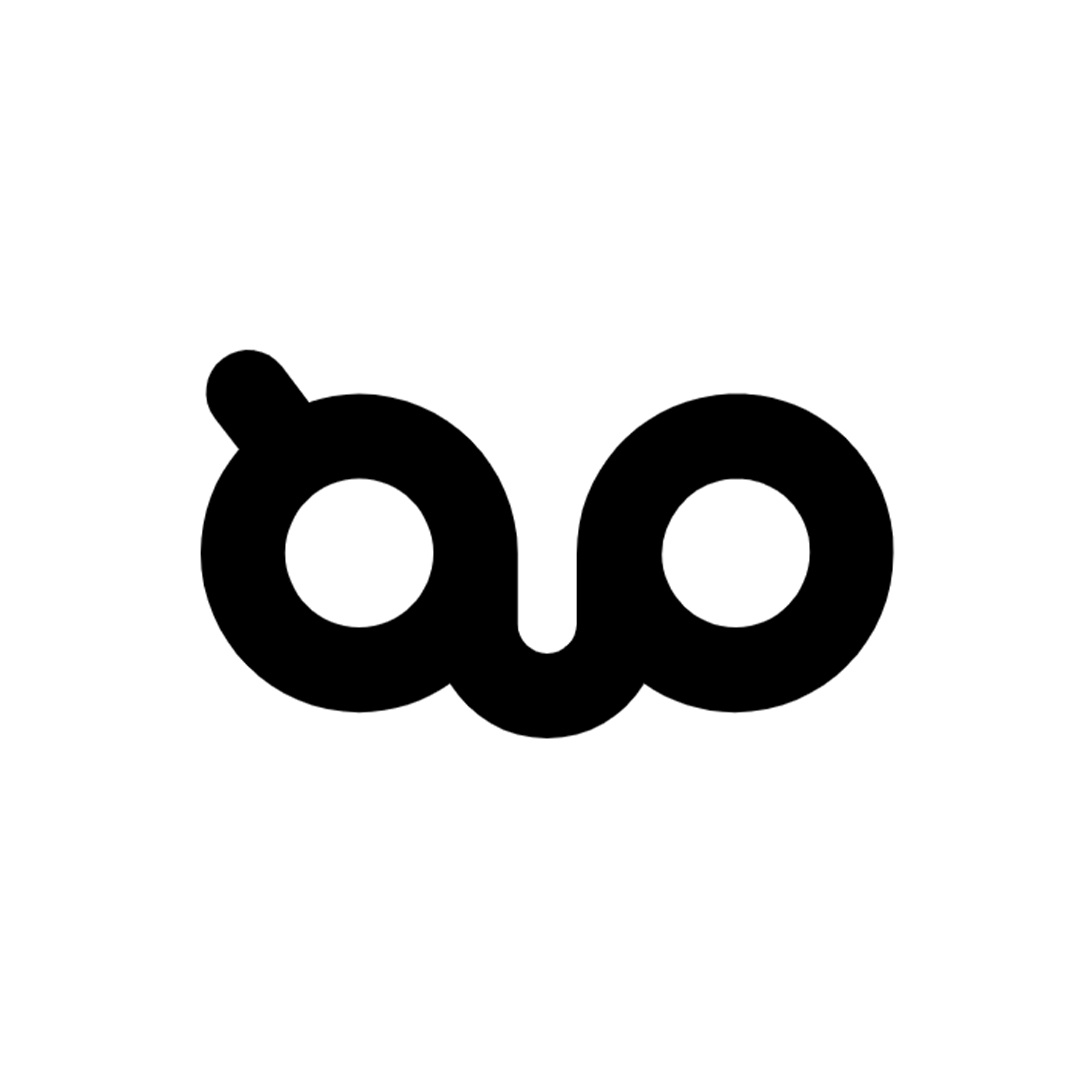
There are certain DTC brands that take over their range industries by storm, and suddenly, the market doesn’t look the same anymore. Some of the brands that Gender, a Brooklyn-based creative shop, has created are Banza and Magic Spoon — and neither the pasta nor the cereal markets have been the same ever since these brands were launched.
What makes Gander’s work stand out is its ability to craft brand stories that offer a new and fresh twist on a traditional market space. At the same time, Gander’s brands have a system of powerful, distinctive color schemes and illustrations that make the brands instantly recognizable and one of their kind. Gander’s brands live and breathe beyond the digital space and deliver the same dose of unique experiences in real life, from packaging to social media.
Office Location: Brooklyn, New York
Year founded: 2015
Team Size: 2 – 10 employees
Key Services: Graphic Design Services, Packaging, Illustration, Web Design, Web Development
Industries Served: Food and Beverage
Case Studies: View all case studies.
7. Red Antler
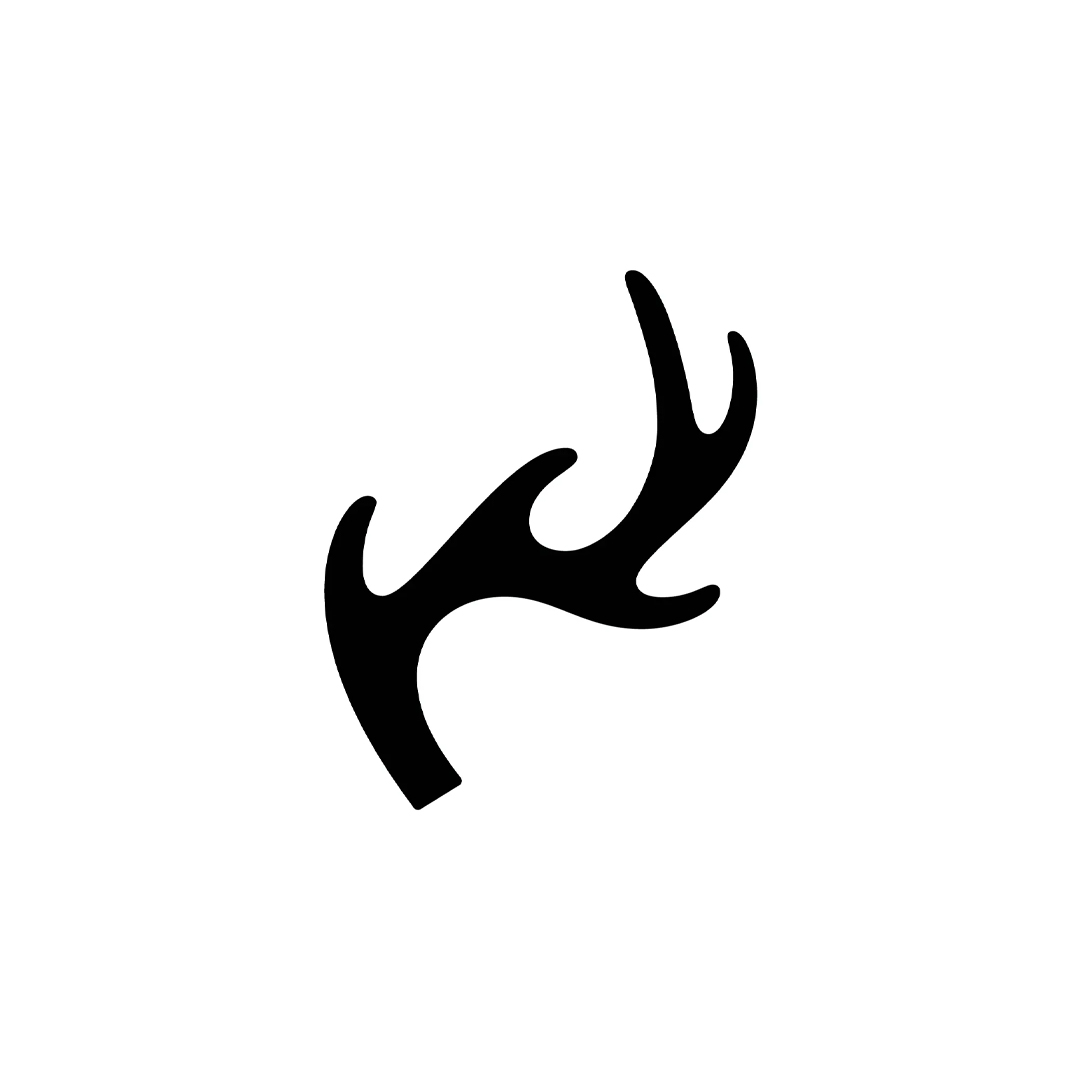
Red Antler is among the most respected agencies known for their ability to develop promising early-stage companies into established and well-recognized brands. The expert team at Red Antler was behind the initiative to transform Casper, a mattress company, into a symbol for good rest and a lifestyle brand with a deep connection to its customers — a complete departure from the traditional, showroom-centric, and technical jargon-heavy mattress industry.
The agency was also behind the “Designed to Be Deleted” positioning for Hinge — a refreshing change from the rest of the industry that often failed to establish true connections between people in a hyper-digital environment.
Office Location: Brooklyn, New York
Year founded: 2007
Team Size: 51 – 200 employees
Key Services: Product Design, Brand-led Marketing, Digital Experience, Art Direction & Content, Brand System, Project Management
Industries Served: Beauty, Fashion, Home Goods
Case Studies: View all case studies.
8. Preacher

From bigger names like Netflix to smaller, thriving brands like Harry’s, the companies that come to Preacher all share the same unique feel, blending the traditional with the novel to give brands an air of authenticity while helping them adapt to the changing consumer preferences. If you are in New York and notice the StreetEasy ads in the subways, then you’ll immediately get a sense of Preacher’s ability to seamlessly fuse old and new.
The posters look hand-drawn, almost New Yorker-style; they feature references to such original New York experiences as a doorman or shoebox apartments, yet it all comes together to highlight how the technology aggregates the most qualified housing options in the city.
Office Location: Austin, Texas
Year founded: 2014
Team Size: 11 – 50 employees
Key Services: Advertising, Branding, Marketing, Digital, Experiential, Design
Industries Served: Music, Alcoholic Beverages, Entertainment
Case Studies: View all case studies.
9. Pentagram
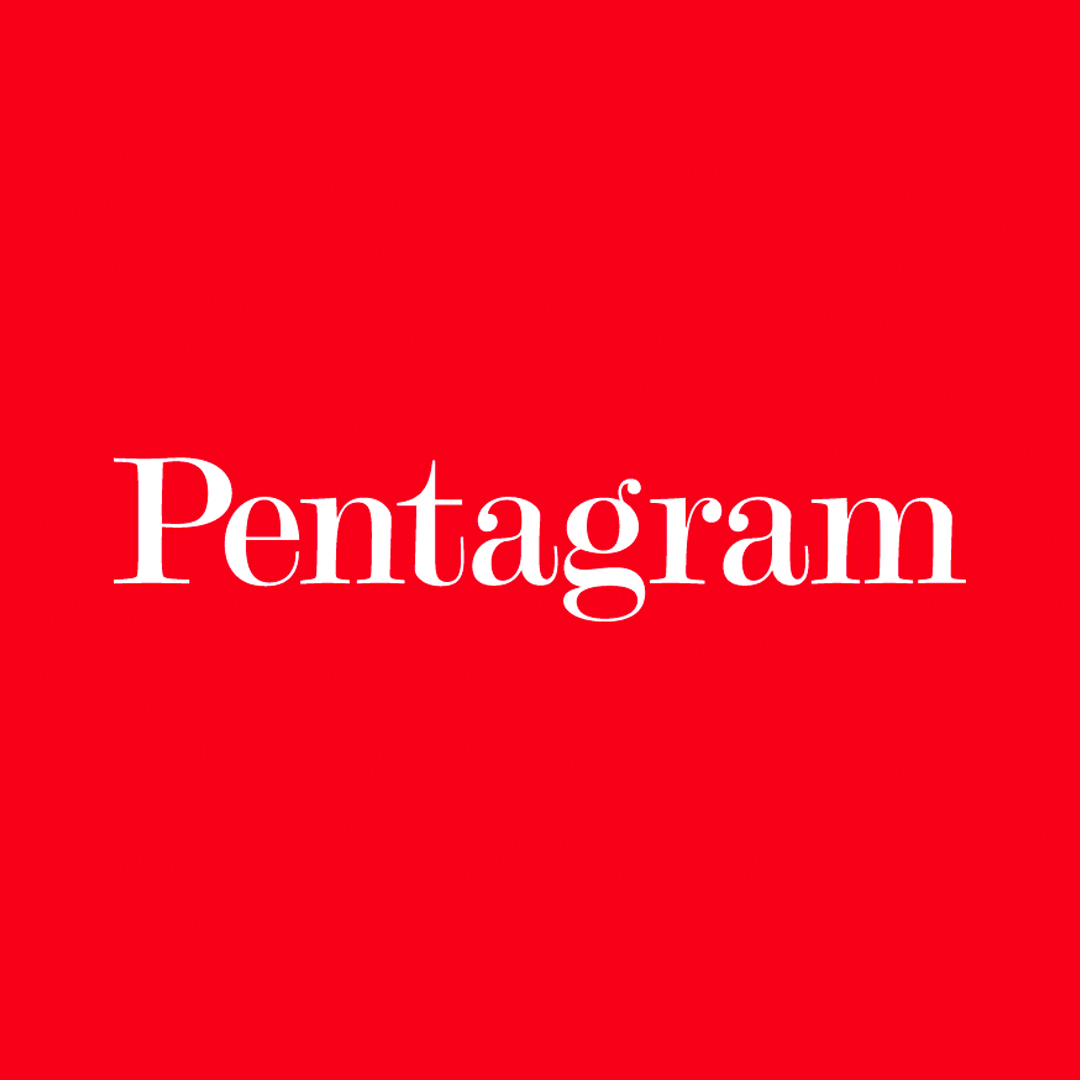
Sometimes, branding is as symbolic and intricate as creating art. Modern art, if you will. The strongest quality that sets Pentagram apart from all other agencies is the fact that all the work they create looks as if it belongs in MOMA or the Tate — no matter what industry their company comes from, from finance to healthcare or entertainment.
Pentagram’s name captures the nature of the agency’s work: it’s at the intersection of architecture, design, and science. Have you noticed the women walking out of yoga studios holding Lululemon bags covered in bold, powerful typography? The diverse typeface covering Lululemon bags and shop windows is Pentagram’s visualization of the brand’s manifesto of movement and mindfulness. If you happened to walk the High Line since its reopening during the pandemic, you might have noticed the green dots evenly distributed across the promenade space. Pentagram’s thoughtful design tackles the challenge of social distancing while revisiting areas beloved by New Yorkers.
Office Location: London
Year founded: 1972
Team Size: 51 – 200 employees
Key Services: Brand Identity, Environmental Graphics, Book Design, Data-Driven Insights for Design, Film and Motion Graphics
Industries Served: Financial Services, Education, Entertainment
Case Studies: View all case studies.
10. Huge
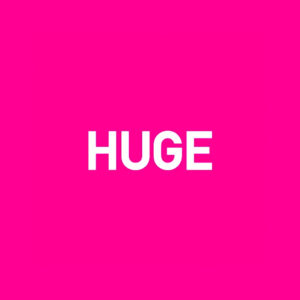
What sets the Brooklyn-based agency apart is its user-centric approach to branding — and its work is geared towards building strong relationships between its clients’ brands and their respective customers. If there is such a thing as planning experiential dates for two people to connect deeply, Huge does exactly that. Among their notable designs is Android’s brand-new look.
Huge reimagined the iconic waving green robot that everyone recognizes the Google product by, stripping the brand from all excessive details and making the overall brand experience simpler, more accessible, more welcoming, playful, and more curious. Have you heard of FOGO? Not FOMO, not YOLO — FOGO, or “Fear Of Getting Old,” a concept introduced by Huge as part of the “GetOld.com” initiative that aimed to rejuvenate Pfizer’s image while reversing the negative perceptions of aging. The initiative wasn’t simply a limited campaign — it was the start of a large-scale movement that created a community of followers who believed the message resonated with their thoughts and feelings.
Office Location: Brooklyn, New York
Year founded: 1999
Team Size: 1000 – 5000 employees
Key Services: User Experience Design, User Relationship Management, Innovation Strategy, Social Media, Web and Mobile App Design
Industries Served: N/A
Case Studies: N/A
11. Tonik
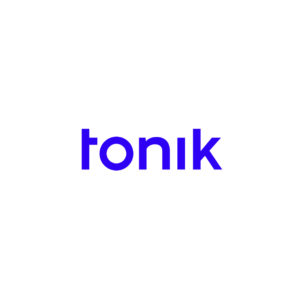
Tonik is the agency that works with young companies — think promising Y Combinator startups that are ready to launch and unlock skyrocketing success. And what sets the Poland-based startup apart is its ability to create highly digital, smooth, sleek, and clean designs exactly for the kind of companies that promise innovation. Tonik always happens to be there to fill in that gap: the team leaves the startup to focus on disrupting, while the digital product studio carefully crafts a modern look and feel for the brand that conveys the innovative character while “tickling users in all the right places.”
Office Location: Poznan
Year founded: 2007
Team Size: 51 – 200 employees
Key Services: Animation, Branding, Product Design Strategy, Product Development, UI and UX Design
Industries Served: Tech, DTC eCommerce, Automotive
Case Studies: View all case studies.
FAQs
What does a design company do?
A design company, a design firm, or a creative agency specializes in various design services such as graphic design, mobile app development, packaging design, product design, and print design. These companies work on diverse design projects, creating visually appealing and functional solutions for their range of clients.
One key aspect of a design company’s work is digital experiences. They collaborate with digital marketing experts to develop a comprehensive digital strategy for their clients. As a full-service digital marketing agency, they leverage their competitive advantage in digital design and custom web design to craft engaging design concepts that enhance customer experiences.
Design companies often work with consumer brands, retail stores, and e-commerce companies. They focus on understanding the customer journey and creating design solutions that foster customer loyalty. By enhancing the visual appeal and usability of their client’s products or services, design companies contribute to sales growth and expanding the customer base.
In retail partnerships, design companies help develop cohesive branding and packaging designs that resonate with the target audience. They strive to create memorable and positive customer experiences that lead to loyal customers.
Overall, a design company’s primary goal is to provide innovative and impactful design solutions across various mediums, combining their expertise in design principles, digital technologies, and effective marketing strategies to help businesses thrive in today’s competitive market.
What are the 8 types of designers?
The field of design encompasses various specializations, and in this article, we’ll highlight eight types of designers: graphic designers, information designers, experiential designers, interaction designers (IxD), user experience (UX) designers, user interface (UI) designers, web designers, and game designers.
Graphic designers utilize visual elements such as typography, color, and images to communicate ideas and create designs for print, branding, and packaging. Information designers simplify and communicate complex data using graphic elements like imagery and typography. Experiential designers combine graphic design skills with a deep understanding of human behavior to create immersive experiences within physical spaces.
Interaction designers focus on improving user interactions with products, systems, or services by considering factors like words, visual design elements, and physical objects. UX designers prioritize the user experience, identifying problems and envisioning solutions for both digital and physical products. UI designers work closely with UX designers to plan and develop the visual aspects of an interface, including buttons, menus, and color schemes.
Web designers create visually attractive and functional websites that resonate with the client’s brand and target audience. Game designers develop video games and immersive experiences, utilizing skills in visual arts, storytelling, programming, and software applications.
Each type of designer plays a unique role in the design field, creating visually appealing, functional, and engaging experiences across various mediums and platforms.
What are direct-to-customer brands?
Direct-to-customer (DTC) brands sell their products or services directly to customers without relying on intermediaries like retailers or wholesalers. They have gained significant momentum in recent years, fueled by the power of eCommerce and digital marketing efforts.
Design companies play a crucial role in DTC brands in several ways. Firstly, graphic design agencies and creative firms help these brands establish their visual identity and brand experience. Through the expertise of graphic designers, they create compelling designs for logos, packaging, and other brand elements. These designs are essential for capturing the attention of potential customers and conveying a strong brand message.
Secondly, DTC brands rely heavily on digital marketing strategies to reach their target audience. Full-service digital agencies with expertise in digital strategy and design concepts assist these brands in creating impactful digital experiences. By designing custom web interfaces, user experiences, and digital campaigns, design companies enable DTC brands to engage with their customers effectively across various online platforms.
Furthermore, design companies specializing in product and packaging design provide DTC brands with a competitive advantage in the market. CraftingBy crafting visually appealing and functional product designs, these companies help DTC brands stand out from the competition and enhance the overall customer experience.
The customer journey and customer experiences are of utmost importance for DTC brands. Design companies understand the importance of creating designs that resonate with the target audience, foster customer loyalty, and drive sales growth.
What is an example of a direct-to-consumer brand?
Warby Parker, a famous eyewear company, is an example of a DTC brand. By bypassing traditional retail channels, Warby Parker sells its eyeglasses and sunglasses directly to customers through their online platform and brick-and-mortar stores. This holistic direct approach allows Warby Parker to offer high-quality eyewear at affordable prices by cutting out mediators.
Additionally, Warby Parker leverages design companies to create visually appealing and trendy frames, ensuring a seamless customer experience. With their DTC model, Warby Parker has successfully disrupted the eyewear industry and built a loyal customer base by providing stylish eyewear with convenience and competitive pricing.
As you have seen, to claim the title of a “branding god,” it’s not enough to craft eye-catching brand assets. It’s about creating a brand ecosystem that pulls the audiences into the brand’s world through a compelling, relatable story that’s consistent across all the design elements a brand puts out across many digital touchpoints.
Especially for DTC brands, it’s crucial to establish a strong initial connection with consumers through powerful designs and visuals to build long-term relationships that foster consumer loyalty and championship.
Let us know in the comments what agencies and brands have stood out to you the most, and get in touch with us for performance branding solutions that will help your business achieve sustainable compounding growth!
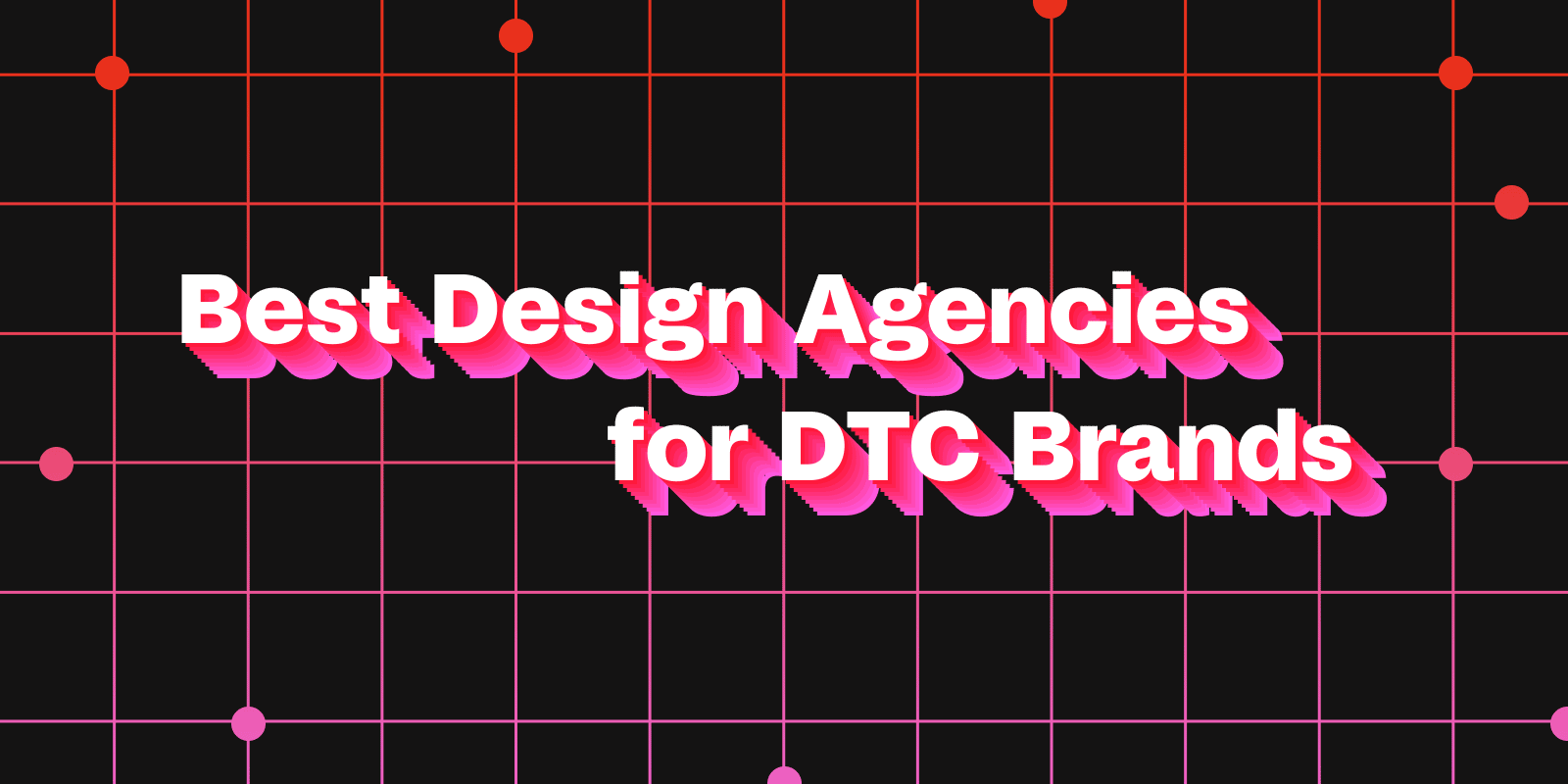




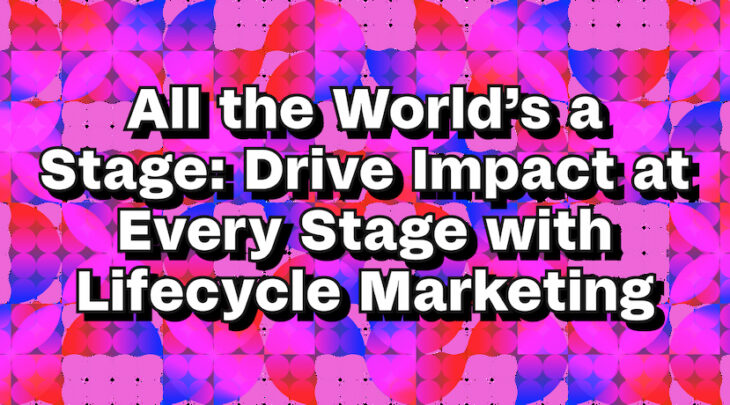

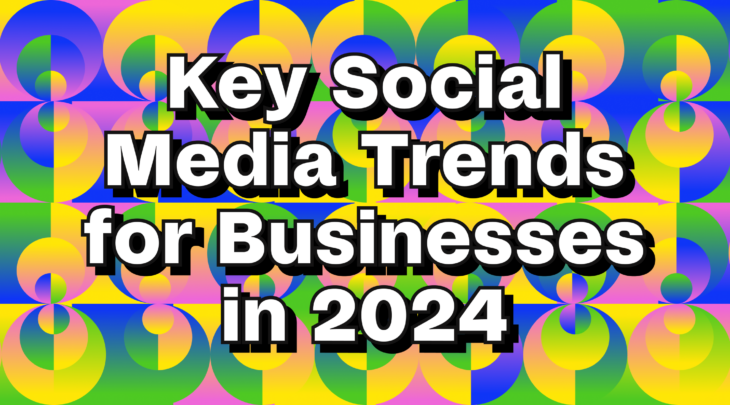

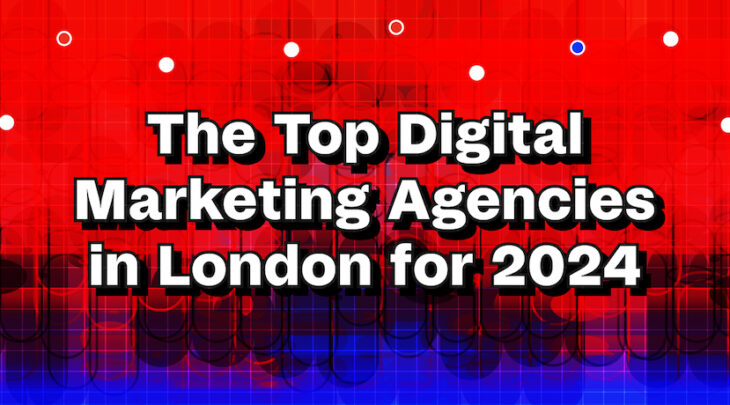
This article was very helpful for me, Thanks for sharing that with us.
It’s always helpful to have a list of trusted agencies to turn to when it comes to refining and enhancing a brand’s identity. Thank you for sharing your insights and recommendations.